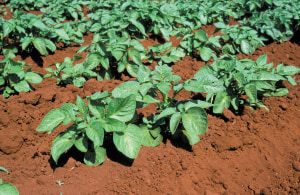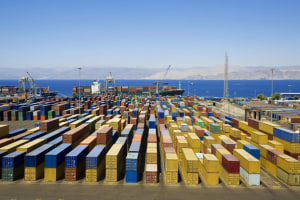The Australian Competition and Consumer Commission (ACCC) will conduct market surveillance checks on 10,000 food products to ensure businesses are correctly displaying the new labels which come into effect on 1 July.
All manufacturers, processors, and importers that offer food for retail sale in Australia must comply with the Country of Origin Food Labelling Information Standard, which specifies how claims can be made about the origin of food products.
“We’ve been providing guidance for businesses over the past two years about the new food labelling system, including how to apply and interpret the standard. We are now entering the compliance phase, where we are making sure businesses are presenting accurate information about country of origin to their customers” ACCC deputy chair Mick Keogh said.

“We have people on the ground to carry out these inspections and will initially focus on fresh or short shelf products sold by supermarkets, both large and small.
“We will raise concerns with businesses where we believe there is an issue with country of origin labelling. As always, we are able to escalate cases which warrant stronger action.”
Keogh said that some consumers are willing to pay extra for products grown, produced or made in Australia, and producers and importers should be aware that any claim which is likely to mislead consumers will also be a breach of the law.
The ACCC has a number of materials available to assist businesses and consumers, and GS1 Australia says its suite of digital content services can also provides an easy solution for suppliers to provide their CoOL information to retailers.
The Data and Digital Content Services team at GS1 Australia have added the CoOL data fields to the National Product Catalogue (NPC), which is GS1 Australia’s synchronisation solution that helps businesses exchange standardised supply chain information with their trading partners.
This means food suppliers can enter CoOL attribute product data in the NPC and forward this information to retailers from a single location.
GS1 Australia said the new labelling is also supported in its digital marketing solution Smart Media, and its GS1 Barcode Check Verification Report has also been updated to include CoOL legislation images as they appear on the finished product.
Goulburn Valley produce company SPC has been vocal about its support of the regulation changes.
GM of marketing and innovation Simone Coté said the changes signified a “levelling of the playing field” for Australian producers as well as providing additional support for farmers, local production and jobs.
“SPC supports the transparency these regulations bring, with Australians often misled by the impression that certain packaged products are Australian, when in fact they’re not," she said.
“We encourage people to look for this new bar coding system which signifies the percentage of Australian ingredients in their products, helping them make informed decisions when shopping for themselves and their families."
Others, however, have found it challenging to meet the deadline, with small producers afraid of expensive product recalls and fines in the millions if they don’t comply.
The Le Mac Australia Group is now offering assistance to companies holding onto old printed rewind stock without the new Country of Origin labelling logo. It is letting the industry know that it can overprint the logo for certain printed rewinds.





